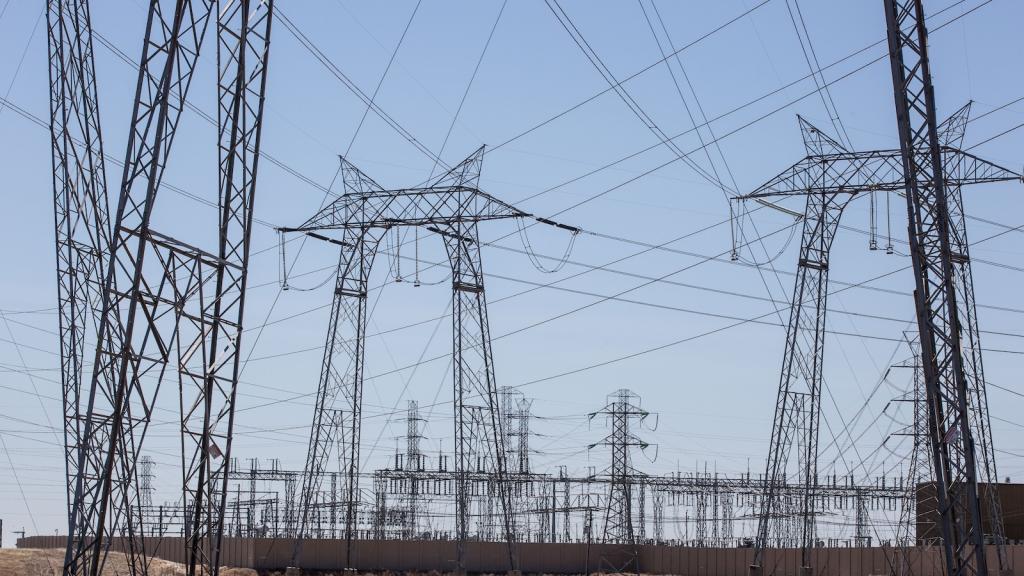As the upcoming United Nations climate conference promises infighting and deadlock, the world’s leading energy forecaster is delivering both good and bad news. The good? The green transition is “unstoppable,” according to the International Energy Agency, or IEA. The bad? Even a shift away from fossil fuels as dramatic as what’s already underway won’t be enough to meet the world’s targets for limiting global warming.
Overall, the IEA, an advisory body set up in the wake of the 1973 oil price shock, is painting an optimistic picture of the next few decades. The agency estimates that based on current policies, global fossil fuel use will peak by 2030 and then decline continuously afterward — particularly coal, which is poised to drop about 40 percent over three decades — despite continued growth in the world’s population. Offshore wind projects alone will receive three times as much funding as coal and gas power plants, and the number of electric cars on the road will increase tenfold. With these monumental shifts underway, limiting global temperature increase to the 2016 Paris Agreement’s target of 1.5 degrees Celsius (2.7 degrees Fahrenheit) remains a possibility — though it is far from guaranteed, especially without significant investments in just the next 10 years.
These projections are part of the IEA’s World Energy Outlook, an annual report summarizing the state of the global energy market and its future. The report lays the groundwork for negotiations at COP28, the annual United Nations climate change conference that will be held in Dubai at the end of November.
“The transition to clean energy is happening worldwide, and it’s unstoppable,” said Fatih Birol, the agency’s executive director, in a press release. “It’s not a question of ‘if’, it’s just a matter of ‘how soon’ — and the sooner the better for all of us.”
This year’s report marks the first time that the IEA’s energy outlook report has projected a peak in fossil fuel consumption. Still, the report warned that, under current policies, demand for fossil fuels is ultimately too high to keep warming under 1.5 degrees Celsius, the internationally agreed-upon benchmark to avoid the most catastrophic effects of climate change. Under the current trajectory, the agency estimates that global average temperatures will increase 2.4 degrees Celsius by 2100.
In order to meet the Paris Agreement target, the report calls for an accelerated transition to renewables and the phaseout of fossil fuels. It lays out specific goals for world leaders at COP28, including tripling renewable energy capacity and financing for renewables, doubling the rate of energy efficiency improvements, cutting methane emissions from fossil fuel operations by 75 percent, and ending approvals for coal power plants that do not utilize methods to capture carbon dioxide. Most importantly, the report calls for “the orderly decline in the use of fossil fuels.”
“The speed at which emissions decline will hinge in large part on our ability to finance sustainable solutions to meet rising energy demand from the world’s fast-growing economies,” Birol said. “This all points to the vital importance of redoubling collaboration and cooperation, not retreating from them.”
The report highlights major shifts in China’s economy as a potential driver of decreasing coal use and carbon emissions. The country is the world’s largest producer and consumer of coal, and the agency projected that energy production from China’s coal-fired power plants will peak around 2025 and decline by 2030, as the country’s reliance on coal for bulk power decreases.
The pace and scale of reductions in coal consumption is uncertain, the report notes, and the degree of decrease depends on the pace of renewables growth. China is a leader in renewables manufacturing and is the largest producer of solar panels, wind technologies, batteries, and heat pumps. Decreases in the country’s coal use depend on its ability to further scale up the production and use of these technologies, the report notes.
The IEA also warns of a “glut of gas supply.” Beginning in 2025, an “unprecedented surge” in liquefied natural gas projects — primarily in the United States and Qatar — is set to increase the global supply by 50 percent. The dramatic increase in liquified natural gas supply will assuage energy security concerns that arose in the aftermath of Russia’s invasion of Ukraine and the subsequent spike in oil and gas prices. But investments in fossil fuels are double what they should be for the world to reach net-zero emissions, according to the IEA, and “this creates the clear risk of locking in fossil fuel use and putting the 1.5 degrees C goal out of reach.”
Climate justice advocates have been fighting such investments in Africa. In the wake of the invasion of Ukraine, fossil fuel companies have rushed to develop oil and gas on the continent — most of which is earmarked for Europe.
“This is not for Africa’s energy security,” said Fadhel Kaboub, an associate professor of economics at Denison University and president of the public policy think tank The Global Institute for Sustainable Prosperity. “This is for Europe’s energy security. This is yet another attempt to lock the African continent at the bottom of the economic scale with obsolete technology, obsolete sources of energy, and dangerous distractions that don’t serve the interests of the continent and don’t serve the interests of the planet.”



